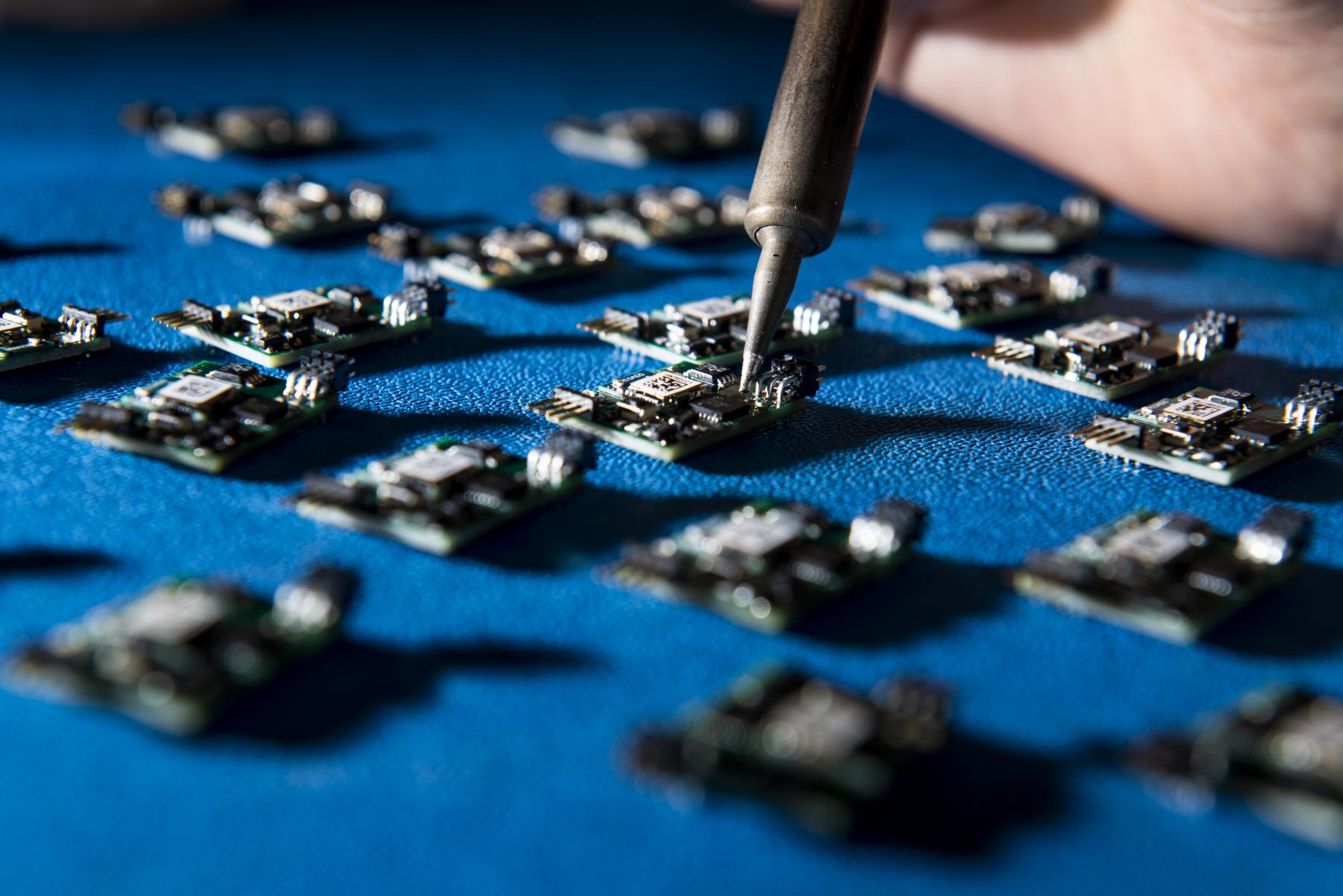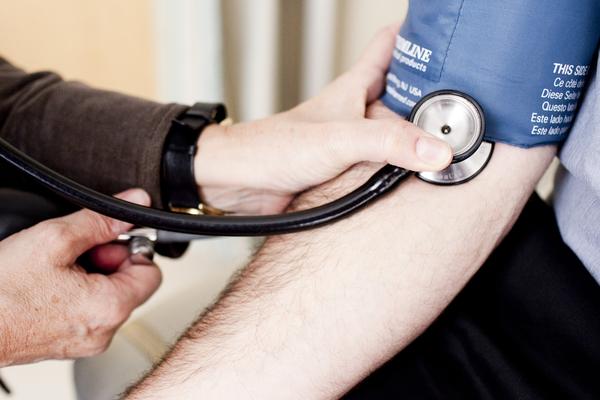
Software for Detection of Vulnerable Plaques During Angioscopy
Sector
Angioscopy
Description
Researchers at Lahey Clinic Foundation developed a new angioscopy-based method for the detection of lipid cores underneath thin fibrotic caps and thin-cap fibroatheromas in patients evaluated for risk of having vulnerable atherosclerotic plaques, thrombosis, and acute coronary syndrome.

Routine angioscopy is minimally invasive and widely used for the analysis of large arterial vessels. This inexpensive and informative method allows direct visualization of the inner surface of the arteries but does not offer quantitative analysis of the risks associated with atherosclerotic abnormalities.
Software developed by the inventors allows for highly sensitive and specific detection of vulnerable plaques and plaques at risk of disruption during routine angioscopic procedures. The new computer algorithm allows specific detection of several conditions associated with atherosclerotic plaque formation and quantitative analysis of the risk associated with these conditions. This information provides considerable advantages over existing systems and will significantly improve the process of designing optimal treatment strategies and improve patient outcomes.
The sensitivity and specificity of the new colorimetric method of detection of atherosclerotic plaques is similar or better than that of other, often more expensive and less available techniques. The present system works in visible light, which simplifies image analysis by the cardiologists performing the angioscopy.
The potential market for the technology is very large and may include hospitals in metropolitan areas and small rural or suburban health care centers where angioscopy continues to be a method of choice for cardiologists. One of the advantages of the technology is its compatibility with numerous commercially available angioscopic systems and fiber-optic catheters.
Lead Investigator(s)
Sergio Waxman and Fumiyuki Ishibashi, Lahey Clinic Medical Center, Burlington, Massachusetts
Key Publication
Inami, S. et al. Circ J. (2008) 72: 399-403
Milestones
US patent 8,774,905 issued 07/08/2014
Contact: John Cosmopoulos